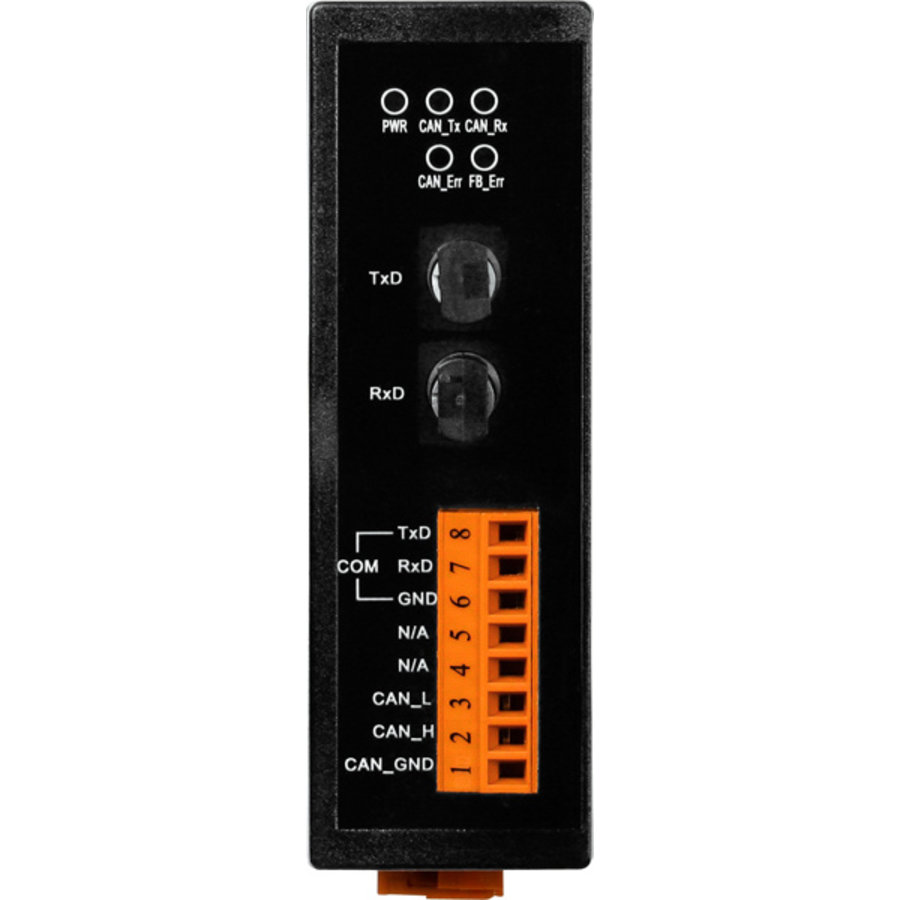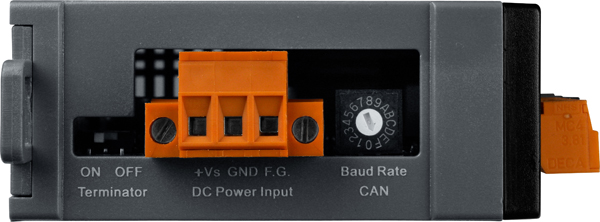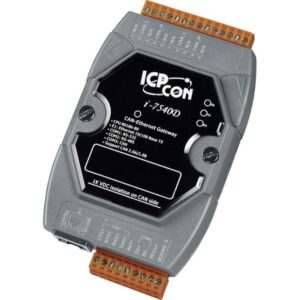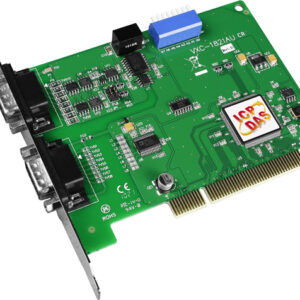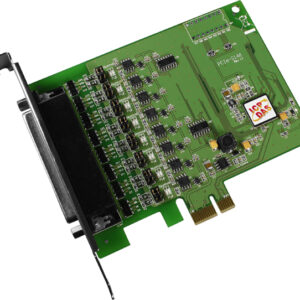|
I-2533
|
|
The I-2533 is an intelligent CAN bridge that can be used to establish the connection between two CAN bus systems via fiber optic cable. Similar to the I-2532, the I-2533 can also apply in various CAN-based protocols to convert CAN bus signals to optical signals and reshape the CAN signals. The difference between the I-2532 and I-2533 is the CAN configuration functions and the distance limitation of CAN communication. The I-2533 offers the functions to configure the CAN baud rate and CAN message filters. These are useful when using the I-2533 to link two CAN networks which may have different baud rates. By using the I-2533, the transmission distance limitation of the CAN bus system will not be reduced because of the CAN baud rate, which means that the total network length can be extended. This feature means that users can develop the applications more powerful and flexible with the I-2533. |
Request For Quotation
- Description
- Network Deployment
- Hardware Specifications
- Hardware Structure
- Ordering Informations
- Datasheet
Description
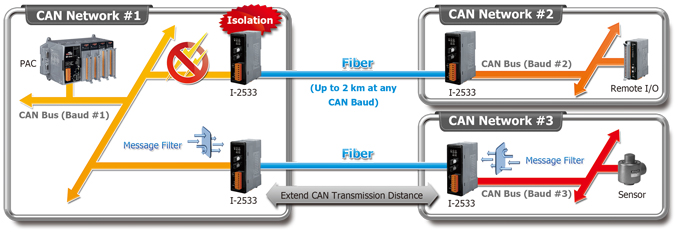
Applications
|
 |
|
|
|
|
|
Features
- 82C250 CAN transceiver
- 2500 Vrms isolation on the CAN side
- 3 kv galvanic isolation between the power supply and CAN channel
- Support both CAN 2.0A and CAN 2.0B specification
- Fully compatible with the ISO 11898-2 standard
- Rotary switch for CAN baud rate configuration
- Built-in switch to select 120Ω terminal resistor
- Up to 100 CAN nodes on the CAN channel
- Fiber Port: ST (Multi-mode)
- Wave Length: 850 nm
- Transmission distance up to 2 km at any CAN baud rate
- Provides the 512-record CAN Tx buffer and 512-record CAN Rx buffer
- Removable terminal block, Mount easily on DIN-rail
- Allow user-defined baud rate
- Utility tool for message filter configuration
- Software utility tool for message filter configuration
- Broken line detection for fiber cable
Note: We have verified to drive 100 CAN nodes at the same time via one CAN port of I-2533.
Network Deployment

|
Baud [bit/sec]
|
Ideal Fiber Length [m]
|
|
1M
|
2000
|
|
800K
|
2000
|
|
500K
|
2000
|
|
250K
|
2000
|
|
125K
|
2000
|
|
50K
|
2000
|
|
20K
|
2000
|
|
10K
|
2000
|
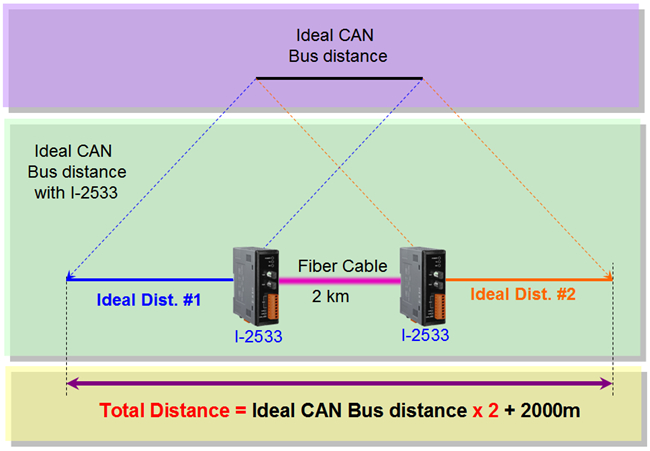
Hardware Specifications
|
CAN Interface
|
|
|
Connector
|
Screwed terminal block (CAN_GND, CAN_L, CAN_H)
|
|
Baud Rate (bps)
|
10 k ~ 1 M
|
|
Transmission Distance (m)
|
Depend on baud rate
|
|
Terminal Resistor
|
Switch for 120Ω terminal resistor
|
|
Isolation
|
3000 VDC for DC-to-DC, 2500 Vrms for photo-couple
|
|
Specification
|
ISO-11898-2, CAN 2.0A and CAN 2.0B
|
|
Time Delay
|
250 us *Note1
|
|
Fiber Interface
|
|
|
Connector
|
ST (Multi-mode)
|
|
Wave Length
|
850 nm
|
|
Fiber Cable
|
50 / 125 μm , 62.5 / 125 μm, 100 / 140 μm (62.5 / 125μm is recommended)
|
|
Transmission Distance (m)
|
2 km max (in 62.5 / 125 μm fiber cable) at any CAN baud rate
|
|
LED
|
|
|
Round LED
|
PWR LED, CAN_Tx LED, CAN_Rx LED, CAN_Err LED, FB_Err LED
|
|
Power
|
|
|
Power supply
|
Unregulated +10 ~ +30 VDC
|
|
Protection
|
Power reverse polarity protection, Over-voltage brown-out protection
|
|
Power Consumption
|
3 W
|
|
Mechanism
|
|
|
Installation
|
DIN-Rail
|
|
Dimensions
|
32.3mm x 77.5mm x 99.0mm (W x L x H)
|
|
Environment
|
|
|
Operating Temp.
|
-25 ~ 75 ℃
|
|
Storage Temp.
|
-30 ~ 80 ℃
|
|
Humidity
|
10 ~ 90% RH, non-condensing
|
Note1:
The propagation delay depends on the CAN Bus baud rate and the CAN message format. This value has been tested using a CAN baud rate of 1 Mbps, the CAN ID 0x12345678 and 8 bytes of data with a value of 0xFF.
Hardware Structure
Wire Connection
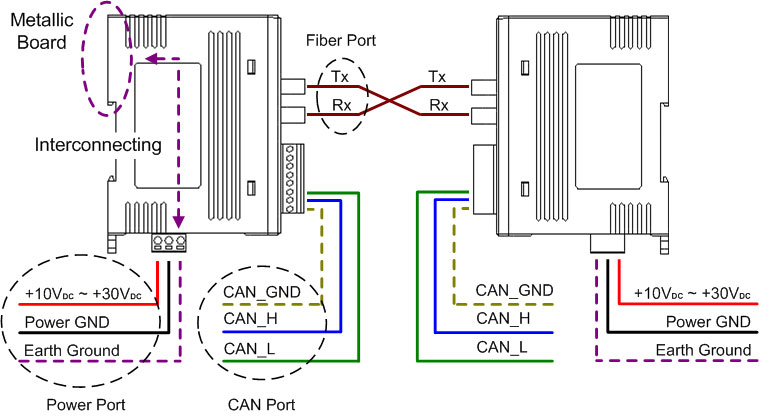
Pin Assignment
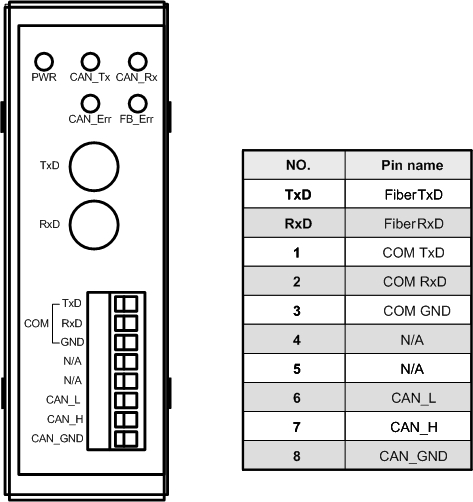
I/O Internal Structure

Ordering Informations
|
I-2533 CR
|
CAN/Fiber Converter (RoHS)
|
